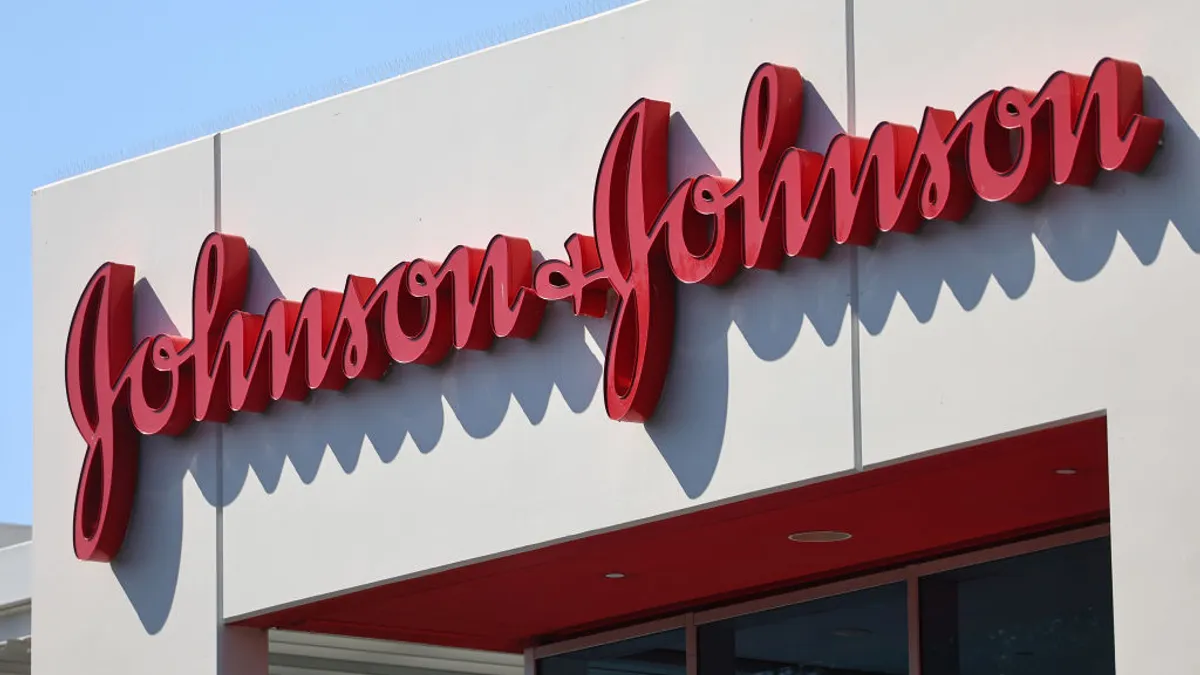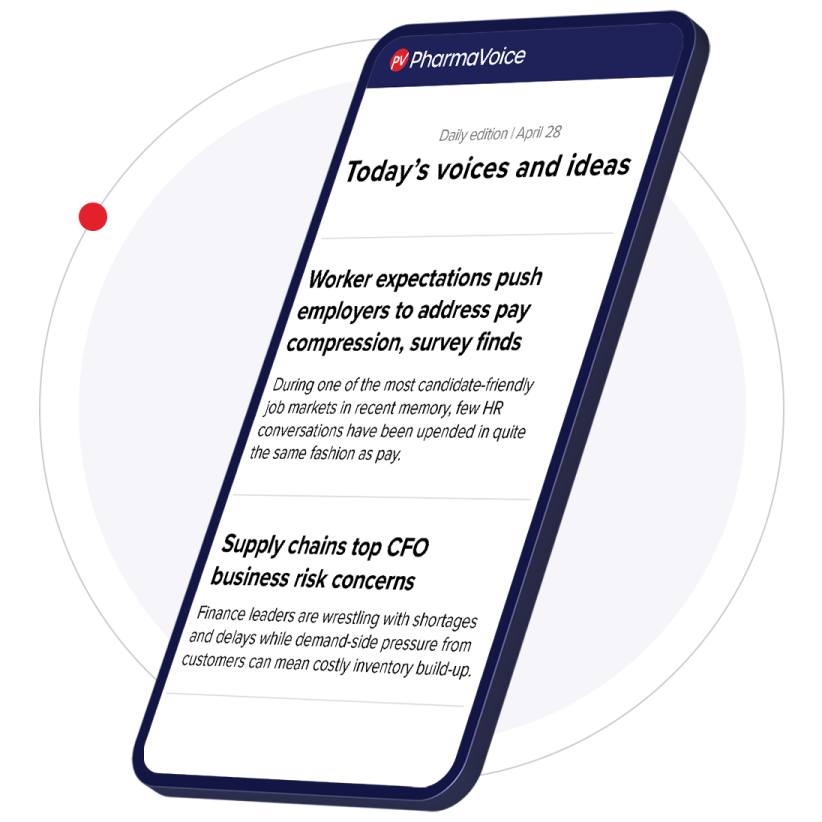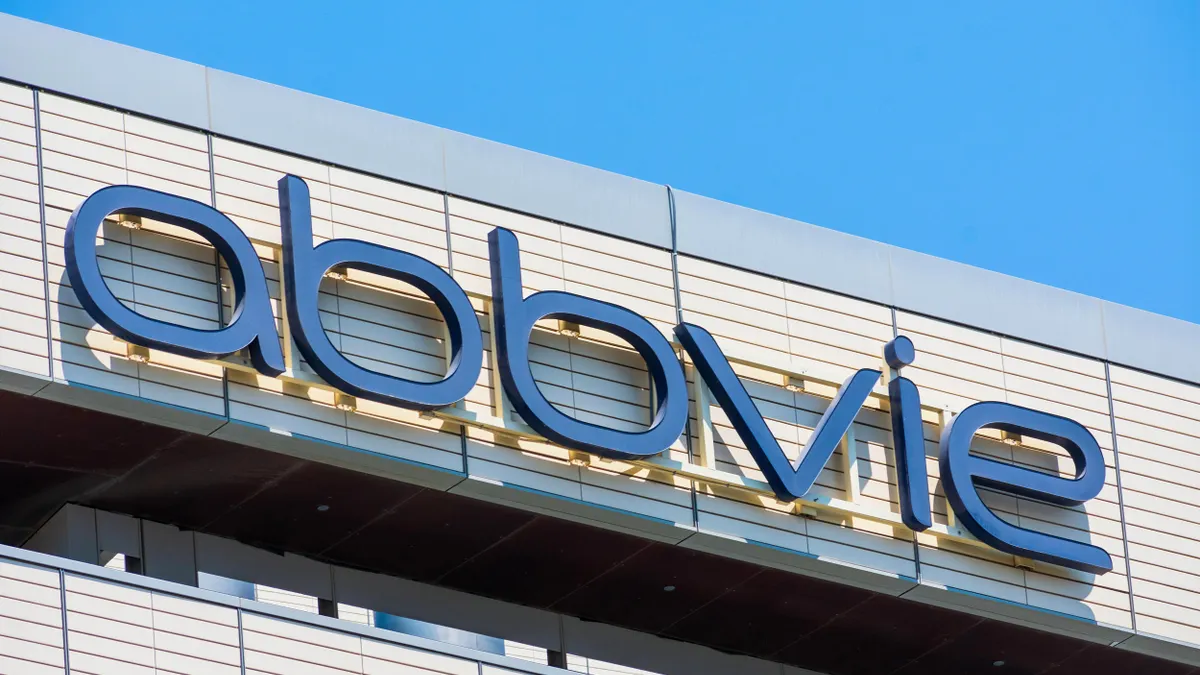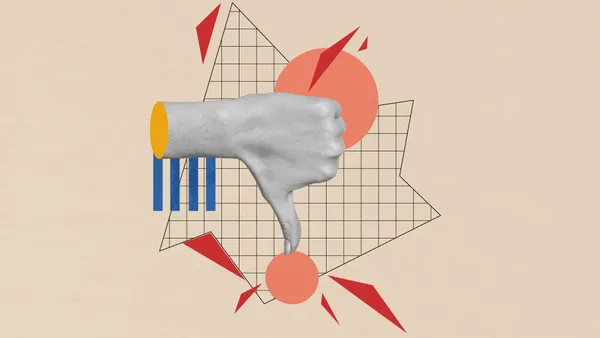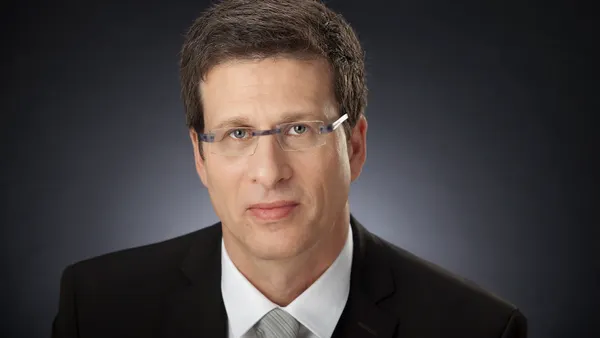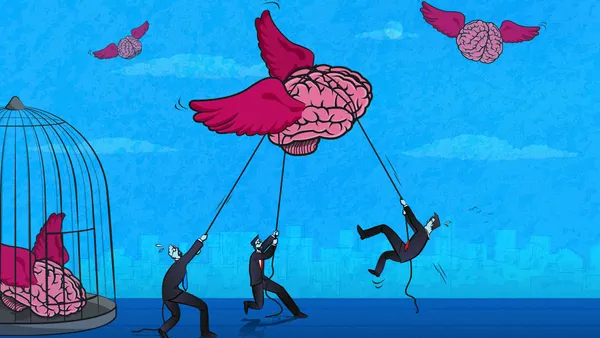Johnson & Johnson came out of the gates with a strong showing in second-quarter earnings yesterday despite a major headwind from the loss of exclusivity for immunology blockbuster Stelara.
How did the pharma giant stay on the upswing? By pumping up newer meds and leaning on strengths in oncology and neuroscience. All in all, the company’s pharmaceutical quarterly sales rose 4.9% worldwide to more than $15 billion.
J&J CEO Joaquin Duato said on the company’s earnings call that executive vice president and worldwide chairman of J&J Innovative Medicine Jennifer Taubert deserved a shoutout for raking in record pharma sales while Stelara’s revenue fell like a stone.
“Credit to [Taubert] and her team achieving the first $15 billion quarter despite $1.2 billion of year-on-year erosion in the quarter from Stelara. I don’t think any other company can do that.”

Joaquin Duato
CEO, J&J
Here’s what executives said about the challenges and opportunities in J&J’s top three therapeutic areas, and how the company weathered the storm of a major patent cliff — pointing to ways its Big Pharma brethren can overcome their own headwinds in the years to come.
Saving immunology
Stelara has been a breadwinner for J&J for more than a decade, bringing in peak sales of almost $11 billion in 2023. Then the biosimilars started to arrive, first in Europe in 2024, and then in the U.S. this year. That brought about a $1.2 billion sales drop in the second quarter of 2025 from the same period the year before.
But the company is riding a wave of newer immunology drugs that, while not yet making up for all of Stelara’s losses, have kept the therapeutic area poised for future growth.
“It’s hard to pick one particular product that gives us reason for our enthusiasm in the back half … but if I had to point … I would say Tremfya.”

Joseph Wolk
CFO, J&J
Tremfya’s sales have been growing steadily and recently expanded into inflammatory bowel disease, which contributed to 30% growth in the quarter, along with indications in Crohn’s disease and ulcerative colitis. CFO Joe Wolk said Stelara had 70% of prescriptions filled with IBD, making that indication a particularly enticing chunk of the market.
On the call, Duato pointed to a peak sales estimate of $10 billion annually for Tremfya, which would bring it in line with Stelara’s performance at the end of its exclusive lifecycle.
Add that to the double-digit growth of marketed immunology products Remicade and the Simponi franchise, as well as a pipeline shaping up to make a splash in years to come, and the overall 16% decline in sales for immunology looks like it will become a short-lived slump in the long run.
No.1 in oncology?
Duato made big promises for J&J’s growing prowess in oncology beyond what analysts have predicted.
“With more than 10 products in market across 26 approved indications and over 25 treatments in late-stage development, we expect to become the No. 1 oncology company by 2030 with sales of more than $50 billion.”

Joaquin Duato
CEO, J&J
The company saw 22% growth in oncology overall in the second quarter, with particular contributions from the multiple myeloma drug Darzalex and the prostate cancer treatment Erleada. Also performing well was the CAR-T cell therapy Carvykti, overcoming obstacles in the space with $439 million in sales for the quarter.
Taubert also said the bladder cancer pipeline candidate TAR-200 is undervalued by analysts and has been designed to fit into urologists’ routine clinical practice in a way that could make its 2028 numbers reach “at least three times higher” than what industry watchers have estimated.
“[TAR-200] is probably the asset that has the biggest disconnect between our internal forecasts and what the Street expects.”

Jennifer Taubert
EVP, worldwide chairman, J&J Innovative Medicine
Neuroscience on the rise
The ketamine-based depression drug Spravato has turned out to be a winner for J&J with more than 50% growth on the market to $414 million in sales in the first quarter. While execs celebrated the win, they’re also looking forward to what schizophrenia and bipolar depression newcomer Caplyta has in store. J&J picked up Caplyta in the acquisition of Intra-Cellular Therapies that closed earlier this year for $14.6 billion.
“Caplyta adds to J&J’s robust lineup of therapies with $5 billion-plus potential in peak year sales, and further solidifies sales growth above analyst expectations through the rest of the decade.”

Joaquin Duato
CEO, J&J
Overall, neuroscience grew almost 15% for J&J, bringing in more than $2 billion in the second quarter.


